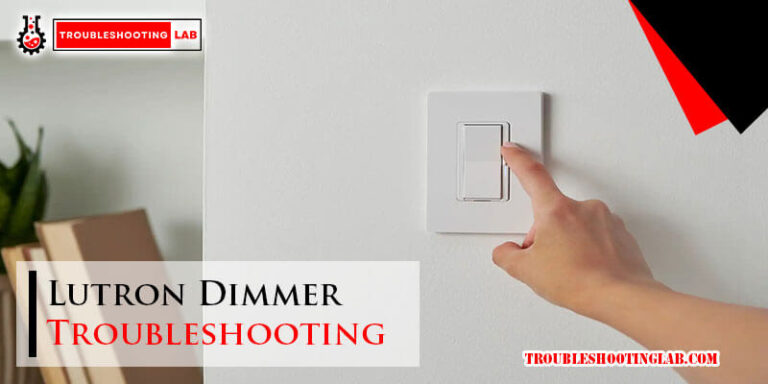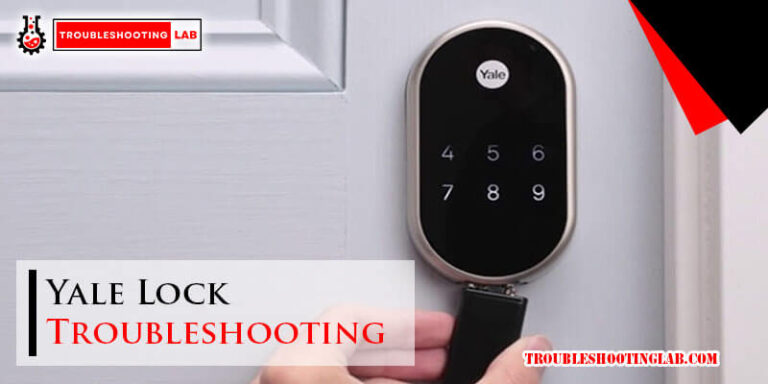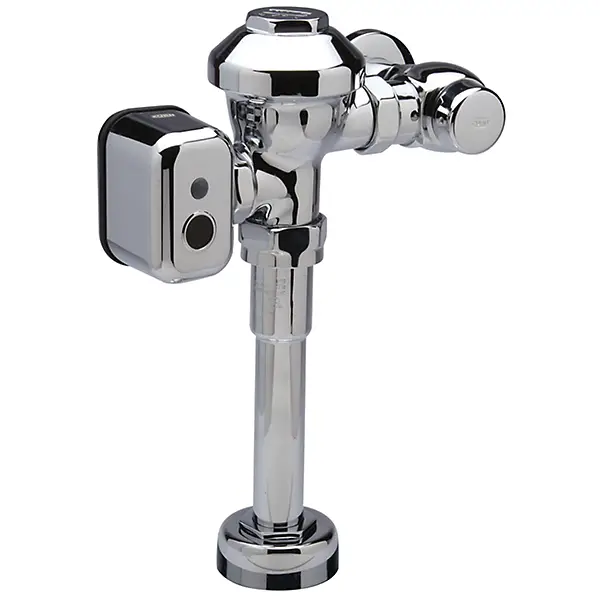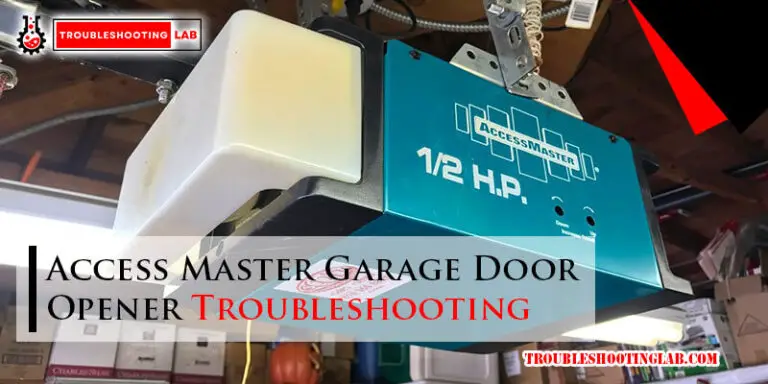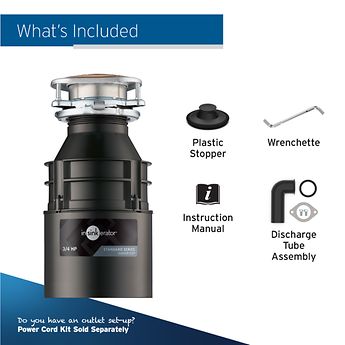3 Wire Christmas Lights Troubleshooting: Quick Fix Guide
Are your 3 wire Christmas lights refusing to shine as brightly as your holiday spirit? Don’t worry—you’re not alone.
Few things are more frustrating than pulling out your festive decorations, only to find that half the strand is dark or the entire string refuses to light up. But here’s the good news: fixing them might be easier than you think.
Whether you’re dealing with a loose connection, a faulty bulb, or something trickier, this guide will walk you through simple troubleshooting steps to bring your lights back to life. Keep reading, because by the end of this article, you’ll have the tools and confidence to tackle those stubborn strands and keep your holiday cheer glowing strong.
Common Issues With 3 Wire Christmas Lights

Three-wire Christmas lights are popular for their vibrant and steady glow. But like all holiday decorations, they can experience common issues. These problems can be frustrating, especially during the festive season. Understanding these issues can save time and effort. Below are the most common problems and their possible causes.
Lights Not Turning On
One common issue is the entire strand not lighting up. This often happens due to a loose plug or a faulty socket. Check if the plug is firmly inserted into the outlet. A blown fuse in the plug may also be the culprit. Most Christmas light plugs have a small compartment for fuses. Replace the fuse if it looks blackened or broken. Damaged wiring can also stop the lights from turning on. Inspect the wires for cuts or frays and avoid using damaged strands.
Sections Of Lights Not Working
Sometimes, only a section of the lights fails to work. This could mean a bulb in that section is burnt out. Check each bulb in the unlit section to find the faulty one. Replace the bad bulb with the correct type to restore the lights. Loose bulbs can also cause this issue. Push each bulb gently to ensure they are properly seated. Damaged wiring within the strand might also cause partial outages. Look for any visible damage along the wires.
Flickering Or Dim Lights
Flickering or dim lights can spoil the festive ambiance. A loose bulb is a common reason for flickering. Ensure all bulbs are tightly secured in their sockets. Dim lights may indicate an overloaded circuit. Avoid plugging too many light strands into a single outlet. A poor electrical connection within the strand can also cause flickering. Inspect the wiring and connectors for any damage or wear. Replacing the strand may be necessary if the flickering persists.
Essential Tools For Troubleshooting
Nothing can dampen your holiday spirit faster than a string of Christmas lights that won’t light up. The good news is, with the right tools, troubleshooting your 3-wire Christmas lights can be straightforward. Let’s dive into the essential tools that can help you pinpoint and fix the problem quickly.
Multimeter For Testing Circuits
A multimeter is your go-to tool for finding electrical issues in your lights. It helps you check whether the circuit is intact or if there’s a break causing the problem. You can use it to test the voltage or continuity of the wires.
Imagine one section of your lights goes out while the rest are glowing. A multimeter can help you identify the exact spot where the current stops. Simply set it to continuity mode, touch the probes to different points on the wire, and locate the break.
If you don’t own one, consider borrowing or buying one—it’s inexpensive and easy to use. It’s a tool you’ll keep reaching for, not just during the holidays but for any electrical troubleshooting at home.
Replacement Bulbs And Fuses
Sometimes, a single faulty bulb or blown fuse is the culprit behind your dark string of lights. Always keep a stash of replacement bulbs and fuses on hand. They’re cheap and can save you from throwing away an entire set of lights.
Check the small fuse box located in the plug of your lights. If the fuse is burnt out, swap it with a new one. As for bulbs, replace any that look burnt or have broken filaments.
Don’t forget to match the voltage and type of the replacements. Using the wrong bulb could damage the entire string, making matters worse rather than better.
Wire Cutters And Electrical Tape
Wire cutters and electrical tape are your emergency fix-it tools. If you discover a frayed or broken wire, wire cutters can help you trim away the damaged part. Electrical tape seals the repair to prevent further issues.
Picture this: you spot a section of exposed wires when checking your lights. Instead of tossing the lights, snip off the damaged area and wrap the exposed ends securely with electrical tape. It’s a quick fix that can revive your lights.
Be cautious, though—make sure the power is off before handling any wires. Safety should always be your first priority.
So, why let a broken set of Christmas lights ruin your holiday décor? With these tools, you can troubleshoot and restore your lights in no time. Which tool do you think you’ll need most this holiday season?
Checking The Power Source
One of the most common issues with 3 wire Christmas lights is a faulty power source. Before diving into more complex fixes, it’s essential to ensure the power supply is functioning correctly. A weak or inconsistent power source can cause lights to flicker or not work at all. Follow these simple steps to check the power source thoroughly.
Inspecting The Outlet
Start by inspecting the outlet you are using. Plug another device, like a lamp, into the same outlet. Check if the device powers on without issues. If it doesn’t work, the outlet may not be supplying electricity. Inspect the outlet for visible damage or loose connections. If it looks damaged, avoid using it and seek professional help.
Testing The Extension Cord
Extension cords often cause problems with Christmas lights. Test the cord by plugging it into a working outlet and connecting a small device. If the device doesn’t turn on, the cord may have a short or broken wire. Replace the extension cord if it is damaged or doesn’t work as expected.
Ensuring Proper Voltage
Christmas lights require the correct voltage to operate. Use a voltage tester to check the power supply at the outlet. Ensure the voltage matches the requirements listed on the light packaging. Low voltage can cause dim or non-functional lights. If the voltage is too low, consider using a different outlet or circuit.
Inspecting The Wiring And Connections
Inspecting the wiring and connections is a critical first step in troubleshooting 3 wire Christmas lights. Faulty wiring or loose connections are common issues that can disrupt the lights. A careful inspection can help identify and fix problems quickly. Follow these steps to ensure your lights are in good working order.
Looking For Visible Damage
Examine the entire length of the wires for obvious damage. Cracks, cuts, or burn marks may indicate issues. Damaged wires can prevent electricity from flowing properly through the lights. Check the insulation to ensure it is intact and not exposing internal wires.
Checking For Loose Plugs Or Connectors
Inspect all plugs and connectors on the light string. Loose plugs can cause interruptions in the electrical flow. Push connectors firmly into place to ensure a secure fit. Verify that the prongs on the plug are not bent or broken.
Identifying Broken Or Frayed Wires
Look closely for wires that appear broken or frayed. Frayed wires can create safety hazards and stop the lights from working. Use electrical tape to fix minor frays or breaks. If the damage is extensive, consider replacing the string for safety.
Testing And Replacing Bulbs
Testing and replacing bulbs in 3 wire Christmas lights is essential for smooth operation. Faulty bulbs can disrupt the circuit, causing sections of lights to fail. This guide simplifies troubleshooting, ensuring your holiday decorations stay bright and beautiful.
Using A Bulb Tester
A bulb tester helps pinpoint defective bulbs quickly. Insert the tester into each bulb socket. It identifies whether the bulb is functional or not. This saves time compared to manual inspection. If a bulb lights up in the tester, it’s functional. If it doesn’t, it needs replacement.
Identifying And Replacing Faulty Bulbs
Inspect bulbs visually for darkened glass or broken filaments. These signs often indicate damage. Remove any faulty bulbs by gently twisting or pulling them out. Replace them with bulbs of the same voltage and type. Using mismatched bulbs can cause further issues. Ensure each replacement is securely fitted into the socket.
Ensuring Proper Bulb Alignment
Proper alignment ensures a secure connection to the circuit. Check that each bulb is seated correctly in its socket. Misaligned bulbs can disrupt electrical flow, causing sections to stay unlit. Push bulbs firmly into their sockets, but avoid applying excessive force. This prevents damage to the socket or bulb base.
Addressing Fuse Issues
Addressing fuse issues in 3-wire Christmas lights can save time and effort. A blown fuse is a common reason why lights stop working. Fixing it often requires basic tools and a little patience. This guide will help you locate, test, and replace fuses efficiently. It also includes tips to prevent future problems.
Locating The Fuse Compartment
The fuse compartment is usually near the plug of your lights. Look for a small sliding door or panel on the plug. Manufacturers often include tiny symbols or labels to identify it. Use a flat-head screwdriver or fingernail to carefully open the compartment. Be gentle to avoid damaging the plug.
Testing And Replacing Blown Fuses
Inside the compartment, you will see one or two small fuses. Remove them carefully using your fingers or a small tool. Hold the fuse against the light to check if the wire inside is broken. A broken or darkened wire indicates a blown fuse. Replace it with a fuse of the same type and rating. Using the wrong type can damage the lights or cause hazards. Close the compartment securely after replacing the fuse. Plug the lights back in to check if they work.
Preventing Future Fuse Problems
Avoid overloading your Christmas lights by connecting too many strands together. Always check the manufacturer’s guidelines for the maximum number of connections. Use surge protectors to shield your lights from sudden electrical spikes. Inspect your lights for damaged wires or plugs before each use. Proper storage also prevents wear and tear during the off-season.
Tips For Preventing Future Problems
Maintaining your 3 wire Christmas lights can help extend their lifespan. Small steps can prevent common issues and save you time during the holidays. Use these practical tips to avoid future problems with your lights.
Proper Storage Of Lights
Store your Christmas lights in a cool, dry place. Avoid areas with high humidity as moisture can damage wiring. Use a storage box or container to protect the lights from dust and debris. Wrap each strand carefully to avoid tangling or bending wires. Label each set to make it easier to identify next year.
Avoiding Overloading Circuits
Connect only the recommended number of light strands per outlet. Overloading circuits can cause overheating and damage your lights. Use surge protectors to safeguard your electrical system. Check the wattage of your lights to ensure compatibility with your outlets. Spread lights across multiple circuits if necessary.
Regularly Inspecting Lights Before Use
Examine your lights for frayed wires or broken bulbs before plugging them in. Replace damaged bulbs to maintain the integrity of the strand. Look for signs of wear on the insulation to avoid electrical hazards. Test each strand to ensure it works properly before decorating. Early inspection can save you from last-minute stress.
Conclusion
Fixing 3 wire Christmas lights doesn’t have to be stressful. Start by checking the bulbs, fuses, and connections. A little patience can go a long way in solving issues. Always handle the lights carefully to avoid further damage. Regular maintenance keeps them working year after year.
If repairs don’t work, consider replacing the faulty strand. Safe and functional lights bring joy to your holiday season. By following these steps, you’ll save time and effort. Bright, festive lights can make your celebrations even more magical. Happy decorating!

